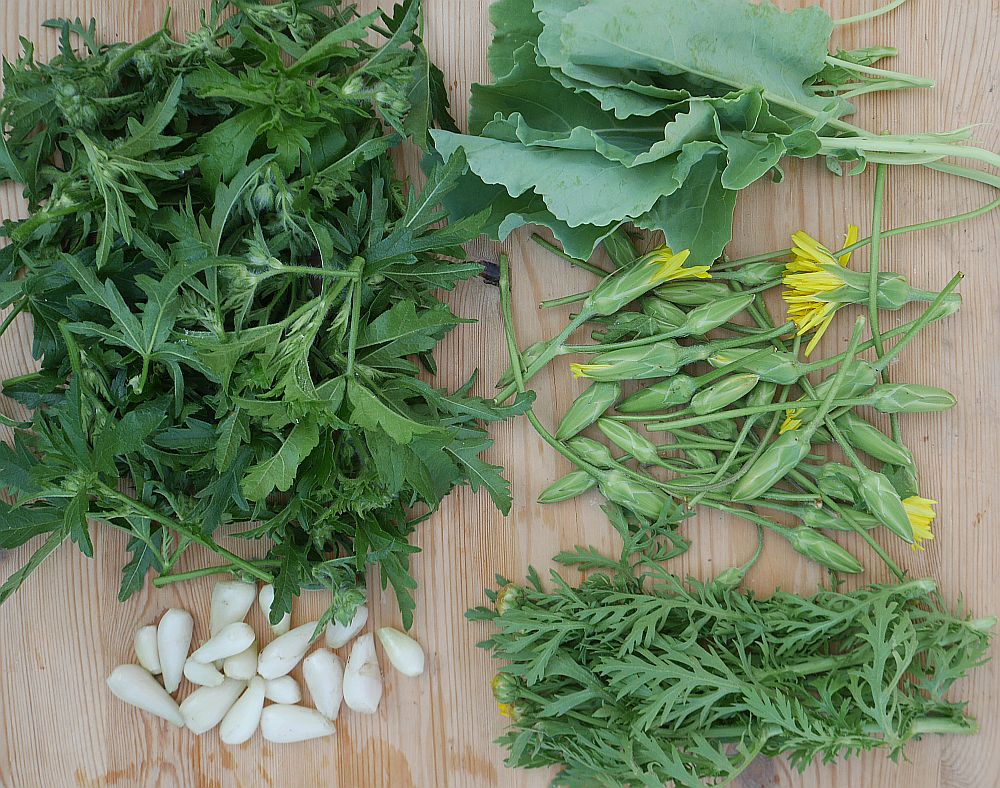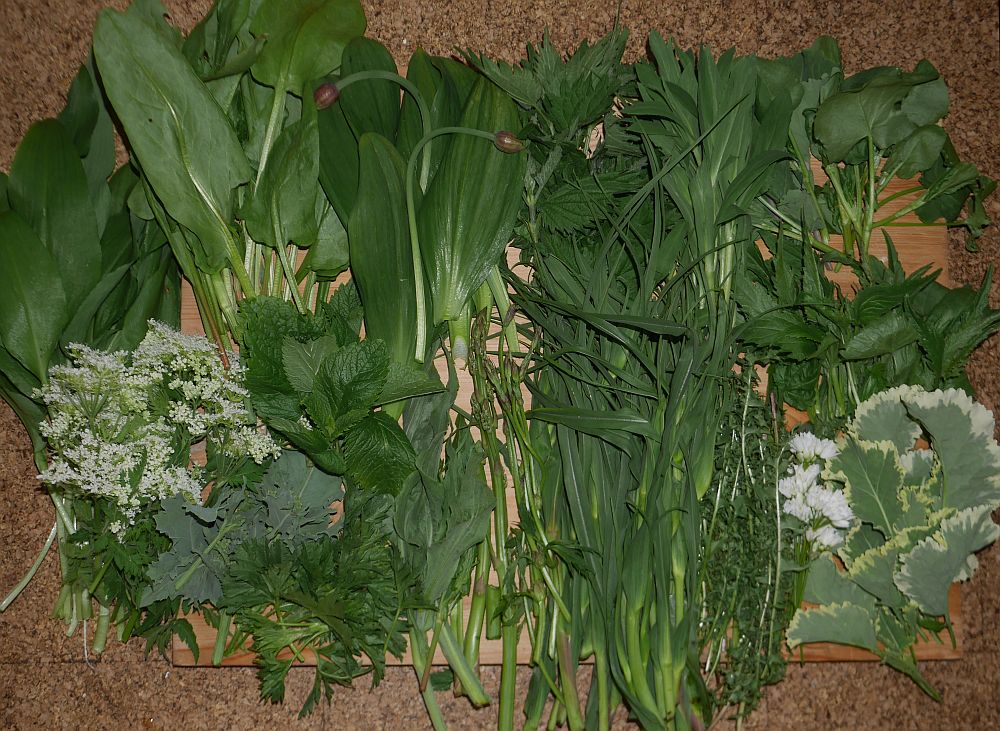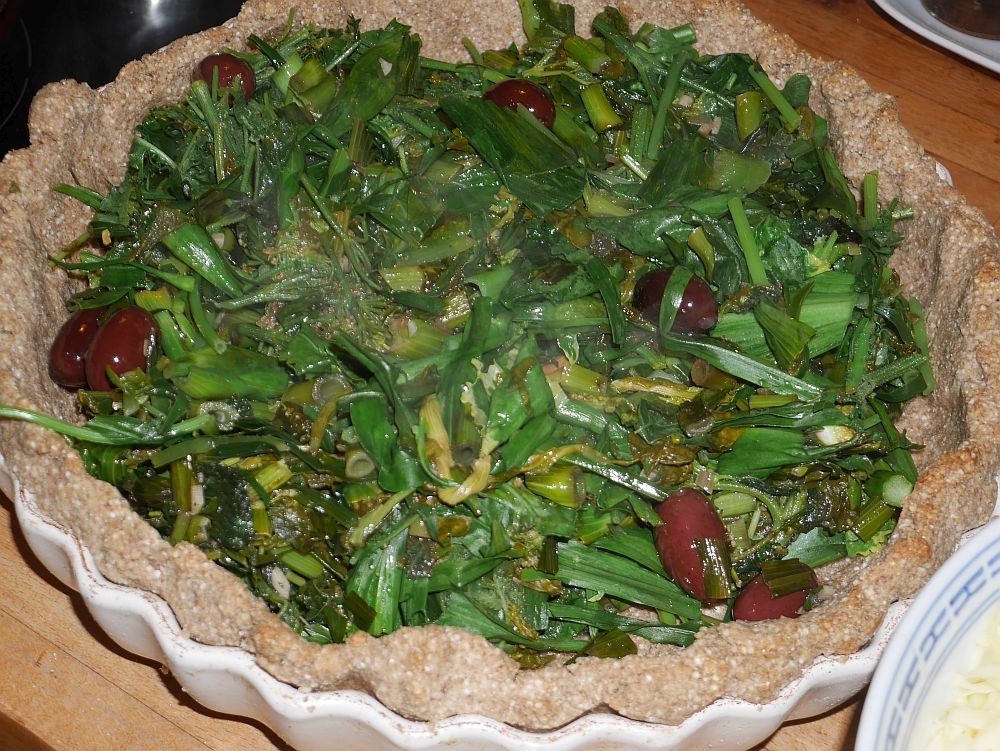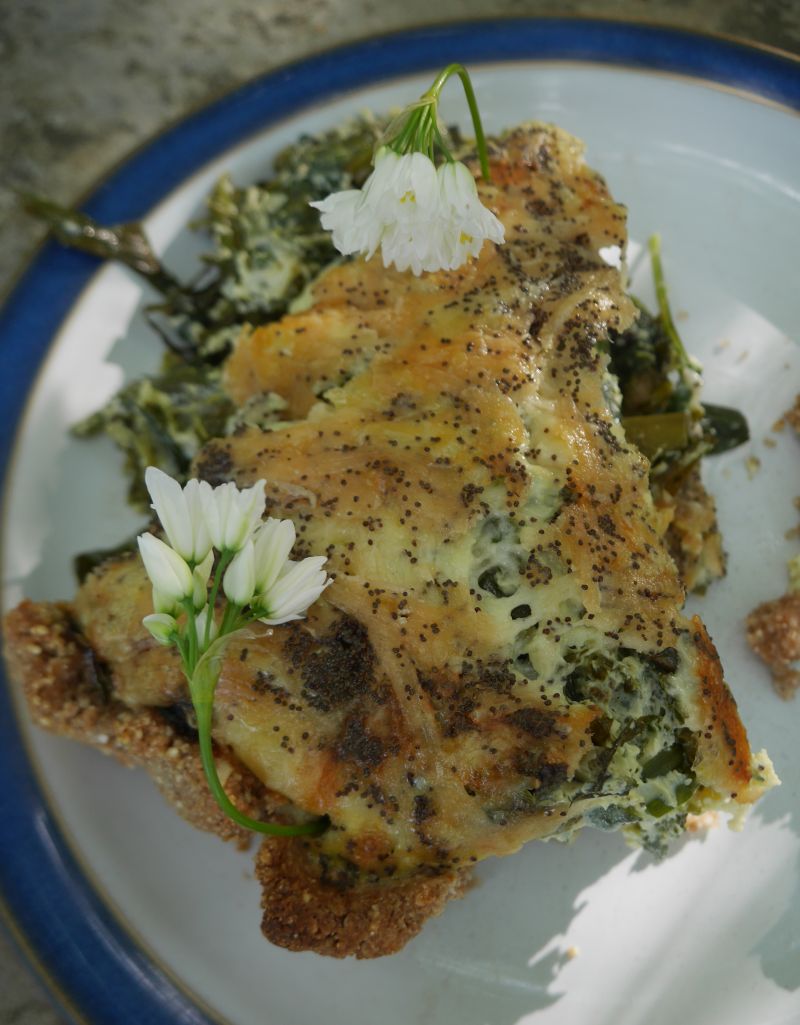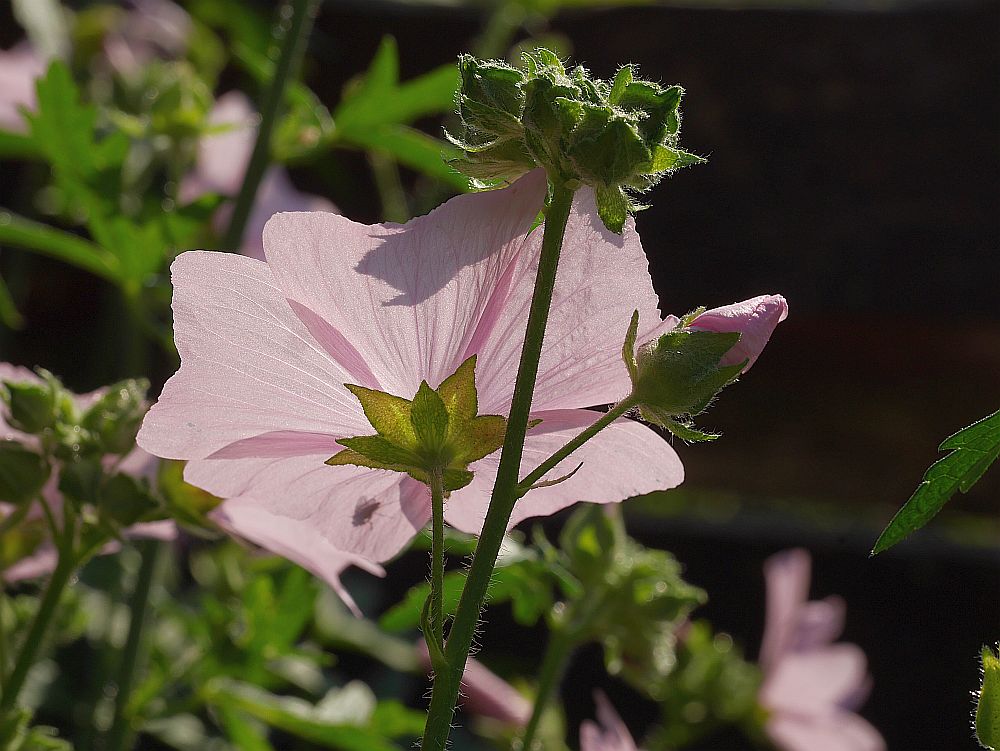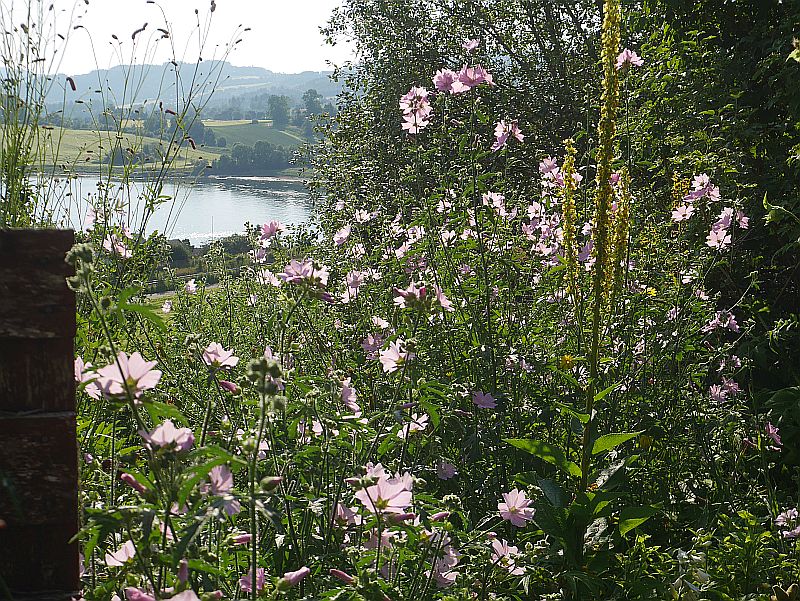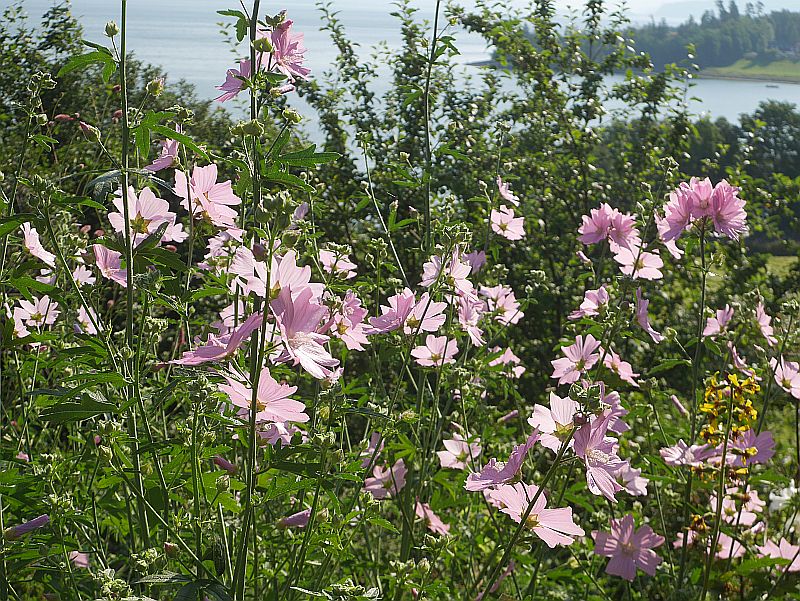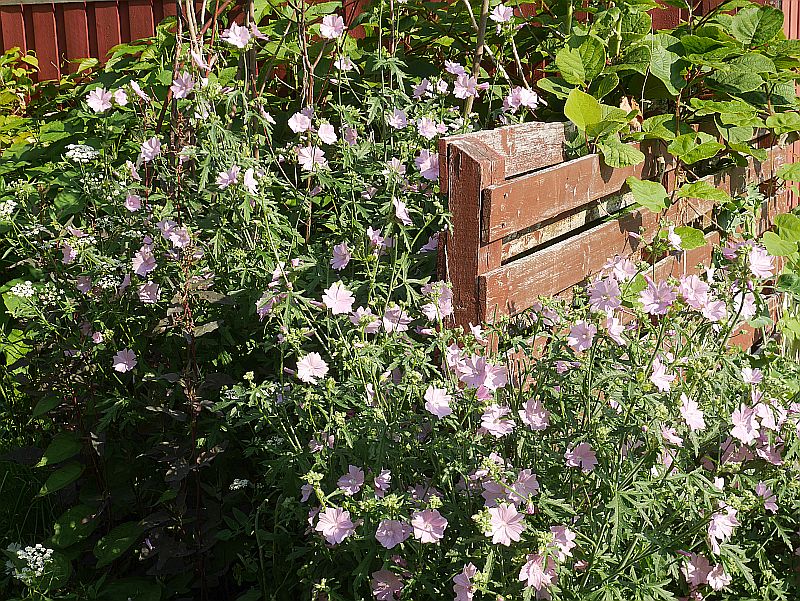Malva alcea (greater musk-mallow, cut-leaved mallow, vervain mallow or hollyhock mallow / Norw: rosekattost) is a mallow native to southwestern, central and eastern Europe and southwestern Asia, from Spain north to southern Sweden and east to Russia and Turkey. It is easy to confuse with musk mallow (
Malva moschata). It is a much larger plant than
moschata. My plant is the upright form
Malva alcea var. fastigiata and reaches 1.8m, double the height of
moschata. I had this for many years, but it was sterile and I suspected it was a hybrid with
moschata. It finally died after some 15 years and I sourced new seed through the Scottish Rock Gardening Club seed list in winter 2012-2013. It grew quickly, produced seed and has self-sowed in a few places in the garden, growing well in the half shady conditions my garden provides for. Here it is, filmed from my balcony today:
It is often planted in gardens as it flowers for a long time in summer. It has naturalised in the UK (see https://www.brc.ac.uk/plantatlas/plant/malva-alcea) and also here in Norway there are a number of observations, particularly around Oslo.
This summer, I’ve been using this mallow much more than before as I now have a lot of it and it has replaced moschata in a few places, suggesting that these may be hybrids! This really is one of the most useful perennial vegetables in the summer garden. Along with other mallows you can pick off leaves, young flower buds and flowers over an extended period! I use them in various stir-fry dishes, in soups, on pizza, in quiches and mixed salads!
It is surprisingly not often mentioned as edible in ethnobotanical studies (maybe underreported due to confusion with moschata?). However, a quick search revealed it being used traditionally in Czechoslovakia and Bulgaria!
If I had written my book today, this may well have replaced moschata. I did mention alcea in the book under the account of moschata as follows:
I have less experience with Malva alcea, greater musk mallow, which is, as the English name suggests, a larger plant. It has a similar range to musk mallow, except that it isn’t found in the UK. I’ve only grown the form ‘Fastigiata’ which is long-lived and a nice ornamental, needing staking up during the summer. My plant was sterile and is
thought possibly to be a hybrid between M. alcea and M. moschata. The flowers are also good in salads.
Bees love it too!
Here are a few pictures of it in the garden today:
